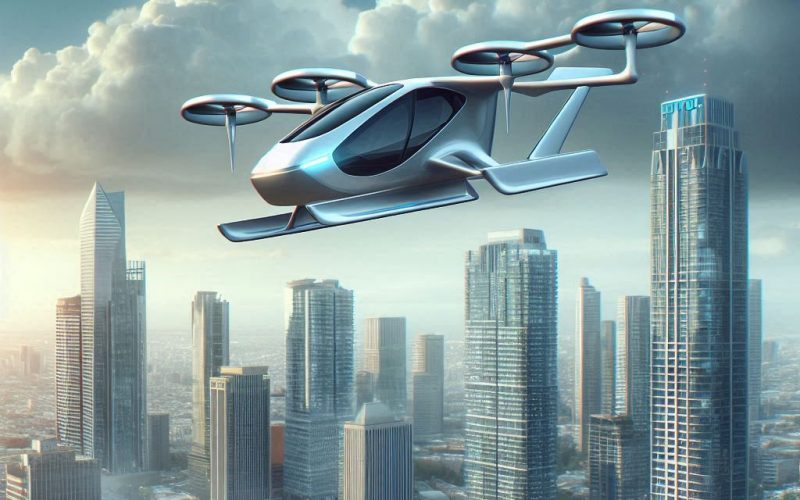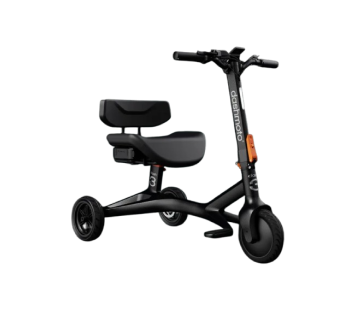eVTOL Flying Cars: Reality and the Future
You had better buckle up because transportation is about to go flying! When we were kids, we used to watch movies with flying cars. Technology has advanced to the point where they aren't just science fiction anymore.
We're talking about eVTOLs, electric vertical takeoff, and landing vehicles, and they're rapidly transforming from drawing-board dreams to real-life possibilities.
In this article, we'll explore the world of eVTOLs, exploring how these innovative aircraft are taking flight, their potential for revolutionizing travel, and the challenges we need to address before they take over our skies.
So, get ready for a thrilling ride as we explore the reality and exciting future of eVTOL flying cars!
Table of Contents
The most common eVTOL flying cars
The concept of flying cars has captivated imaginations for decades, often relegated to the realm of science fiction. But with advancements in electric propulsion, autonomous flight systems, and vertical takeoff and landing (eVTOL) technology, the dream is finally inching closer to reality. Here's a glimpse into some of the most promising eVTOL contenders taking center stage:
Joby Aviation S4
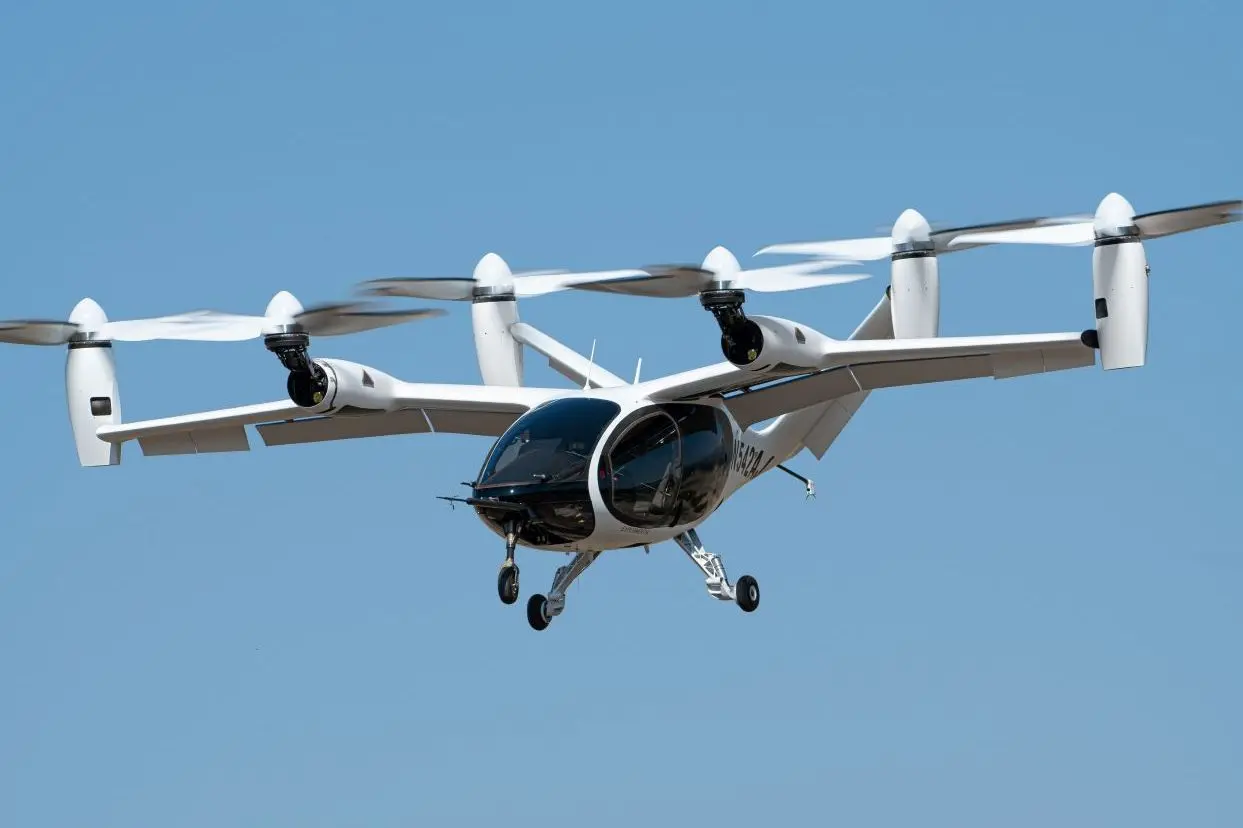
This sleek, all-electric aircraft from Joby Aviation is a serious contender for the first commercially available eVTOL air taxi. The S4 boasts impressive specifications, targeting a range of up to 150 miles (240 km) on a single charge and cruising speeds of around 200 mph (320 km/h). Safety is paramount, with the S4 designed for single-pilot operation and featuring several backup systems for redundancy.
- Price: Not publicly available yet
- Range: 150 miles (240 km)
- Speed: 200 mph (320 km/h)
- Development Stage: Advanced testing phase with FAA certification underway
- ETA on Commercial Availability: Within the next few years (targeted for initial use in air taxi networks)
- Unique Selling Point (USP): Proven design with a focus on safety and infrastructure development for large-scale air taxi operations.
Volocopter VoloCity
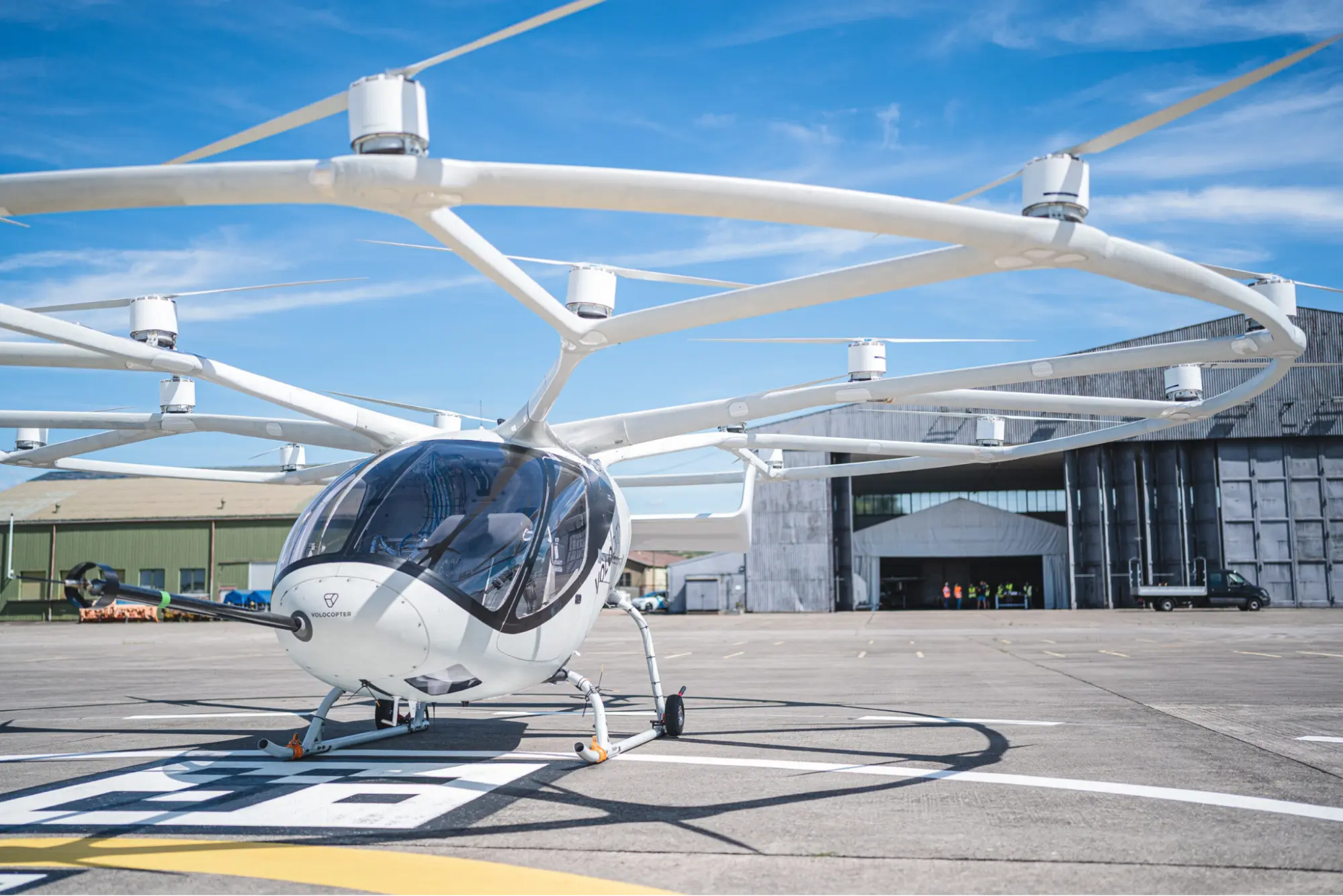
This German marvel takes inspiration from the familiar form of a helicopter. The VoloCity features 18 electric rotors for vertical lift and maneuverability, making it ideal for urban air mobility solutions. The spacious cabin comfortably seats four passengers, offering a quiet and comfortable journey.
- Price: Not publicly available yet
- Range: Up to 22 miles (35 km)
- Speed: 68 mph (110 km/h)
- Development Stage: Extensive testing completed, awaiting regulatory approval
- ETA on Commercial Availability: Within the next few years (targeted for initial use in urban air taxi networks)
- Unique Selling Point (USP): Quiet operation, comfortable cabin space, and a focus on urban air mobility solutions.
Archer Midnight
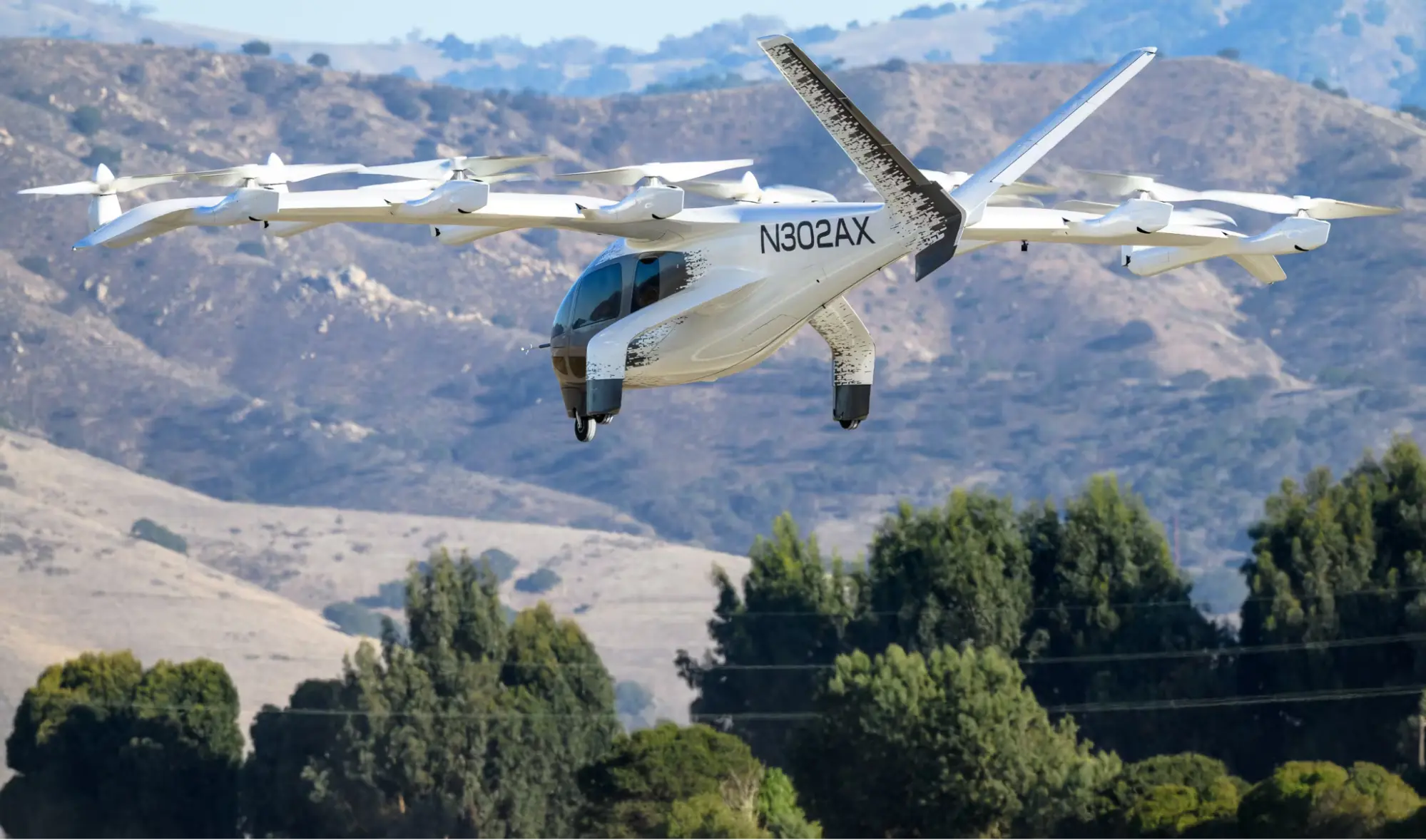
This futuristic eVTOL from Archer Aviation boasts a tilt-wing design, offering the best of both worlds: vertical takeoff and landing capabilities for congested areas and efficient fixed-wing flight for longer distances. The Midnight targets a range of up to 100 miles (160 km) on a single charge and a cruising speed of 150 mph (240 km/h).
- Price: Estimated to be around $1 million
- Range: 100 miles (160 km)
- Speed: 150 mph (240 km/h)
- Development Stage: Prototype testing with an emphasis on quiet operation
- ETA on Commercial Availability: Within the next 5 years
- Unique Selling Point (USP): Tilt-wing design for efficient long-distance travel and a focus on noise reduction.
EHang 216 AAV

This fully autonomous eVTOL from EHang takes the concept of a flying taxi quite literally. The EHang 216 resembles a giant drone and is designed to carry a single passenger (or a small amount of cargo) on short, pre-programmed journeys. Safety is a priority, with the EHang 216 featuring multiple redundant systems and emergency landing protocols.
- Price: Not publicly available yet
- Range: Up to 62 miles (100 km)
- Speed: 81 mph (130 km/h)
- Development Stage: Advanced testing phase with limited commercial operations already underway
- ETA on Commercial Availability: Already available in limited regions with ongoing expansion plans
- Unique Selling Point (USP): Fully autonomous operation, ideal for short, pre-programmed journeys, and one of the first eVTOLs to achieve limited commercialization.
Lilium Jet
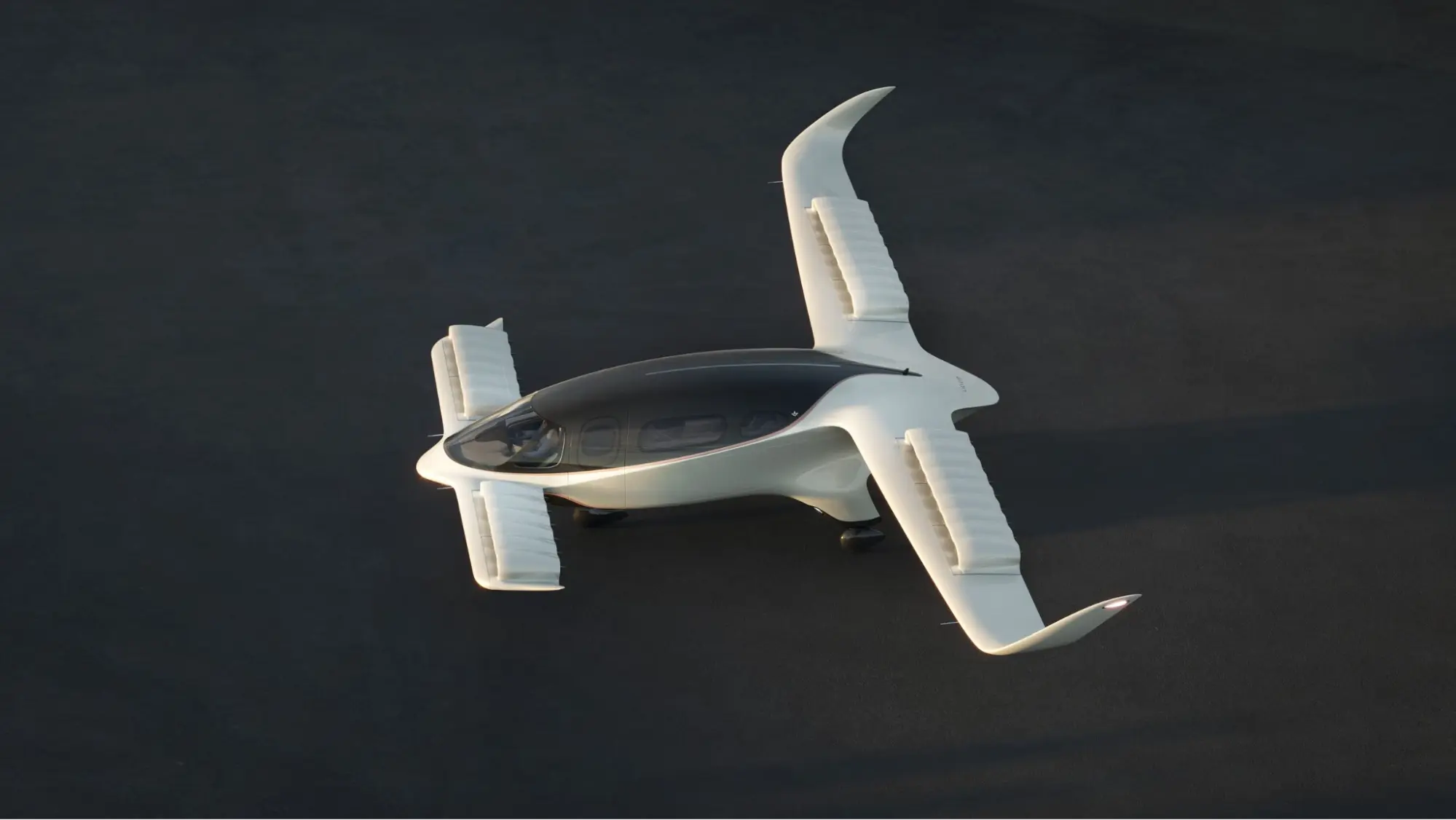
This eVTOL from Lilium takes a futuristic approach with a vertical takeoff and landing (VTOL) jet design. The Lilium Jet features five tilting ducted fans on each wing, allowing for smooth vertical lift and efficient horizontal flight. The spacious cabin comfortably seats four passengers, offering a luxurious and high-speed travel experience.
- Price: Estimated to be around $7 million (targeted for private ownership)
- Range: Up to 300 miles (480 km)
- Speed: 175 mph (280 km/h)
- Development Stage: Prototype testing with a focus on high-speed performance
- ETA on Commercial Availability: Within the next 5-7 years (targeted for private ownership)
- Unique Selling Point (USP): High-speed VTOL jet design, offering long-range travel and a luxurious cabin experience for private ownership.
Common challenges eVTOL cars face
While the potential of eVTOL cars is undeniable, bringing these futuristic vehicles to our skies comes with a set of significant challenges. Here are some of the biggest hurdles eVTOL car companies need to overcome:
1. Battery Technology:
Current battery technology presents a double-edged sword. While electric motors are quieter and cleaner than traditional combustion engines, battery range and charging times remain limitations. eVTOL cars need batteries that offer sufficient range for practical journeys without excessive weight impacting performance. Additionally, developing efficient and rapid charging infrastructure will be crucial for widespread adoption.
2. Safety and Regulation:
Safety is paramount when it comes to passenger transportation, and eVTOL cars are no exception. Stringent regulations and certification processes need to be established to ensure the safety of both passengers and those on the ground. This will involve rigorous testing of eVTOL designs, pilot training protocols, and air traffic management systems for these new vehicles.
3. Noise Pollution:
While electric motors are generally quieter than combustion engines, noise from rotors and propellers can still be a concern for urban environments. eVTOL car manufacturers need to focus on noise reduction technologies and operational procedures to minimize noise pollution and ensure community acceptance.
4. Infrastructure Development:
Landing pads and vertiports (vertical takeoff and landing ports) will be essential infrastructure for eVTOL operations. Developing a network of these vertiports in strategic locations will be crucial, considering factors like airspace management, accessibility, and safety regulations.
5. Public Perception:
Building public trust and acceptance for a completely new mode of transportation is a challenge. Concerns about safety, noise pollution, and potential disruptions to urban landscapes need to be addressed effectively. Public education, demonstration flights, and clear safety regulations will be key in garnering public confidence in eVTOL technology.
These challenges are complex and interconnected, but they are not insurmountable. With continued research, technological advancements, and collaborative efforts from various stakeholders, eVTOL cars have the potential to revolutionize transportation. As the industry navigates these hurdles, the future of urban mobility promises to be a fascinating one.
Conclusion
This article explored the exciting world of eVTOLs, showcasing some of the innovative companies leading the charge. We saw diverse designs, from sleek air taxis to futuristic jets, all promising to revolutionize travel, especially in congested urban areas.
However, the road (or should we say skyway) to widespread adoption isn't without obstacles. Battery technology, safety regulations, noise pollution, infrastructure development, and public perception are all hurdles that need to be addressed.
But here's the good news: these challenges are being actively tackled. Advancements in technology, collaborative efforts, and a growing public interest in sustainable transportation solutions are paving the way for a future filled with eVTOLs.
So, the next time you're stuck in traffic, just imagine yourself cruising above the gridlock in an eVTOL. The future of transportation is taking flight, and it's a thrilling ride we're all about to embark on.
FAQ
How much will it cost to fly in an eVTOL?
The cost of your eVTOL ride depends on a few things. Different eVTOLs, like air taxis or long-distance models, will have different running costs based on size, efficiency, and how far they can travel. Just like regular taxis, the fare will likely be based on the distance you fly. As competition in the industry grows, prices could potentially come down in the future. While exact figures are still up in the air, estimates suggest a range of $3 to $8 per passenger mile, so a 20-mile trip could cost somewhere between $60 and $160.
Won't eVTOLs be too loud for city life?
Noise pollution is a concern, but eVTOL developers are working on ways to keep things quiet. Electric motors are inherently quieter than gasoline engines, and optimizing propeller design can make a big difference. Plus, establishing flight paths that avoid populated areas will be crucial. Regulations are also likely to come into play, setting noise limits for eVTOL operations in cities. The goal is to find a balance between technological advancements and keeping the peace for people on the ground.
How fast can eVTOLs travel?
The speed of your eVTOL ride depends on the model you're flying in. Urban air taxis designed for short city trips might have cruising speeds around 60-100 mph (100-160 km/h), while long-range eVTOLs built for longer journeys could reach speeds of 150-200 mph (240-320 km/h) or even higher.
Are eVTOLs good for the environment?
Yes, eVTOLs have the potential to be much greener than traditional transportation. Unlike gasoline-powered vehicles, eVTOLs produce zero emissions during flight, which could significantly reduce air pollution in cities. As noise reduction technologies improve, eVTOLs could also contribute to a quieter urban environment. However, the overall environmental impact depends on where the electricity comes from to charge the eVTOLs. If renewable energy sources are used, the environmental benefits would be even greater.

